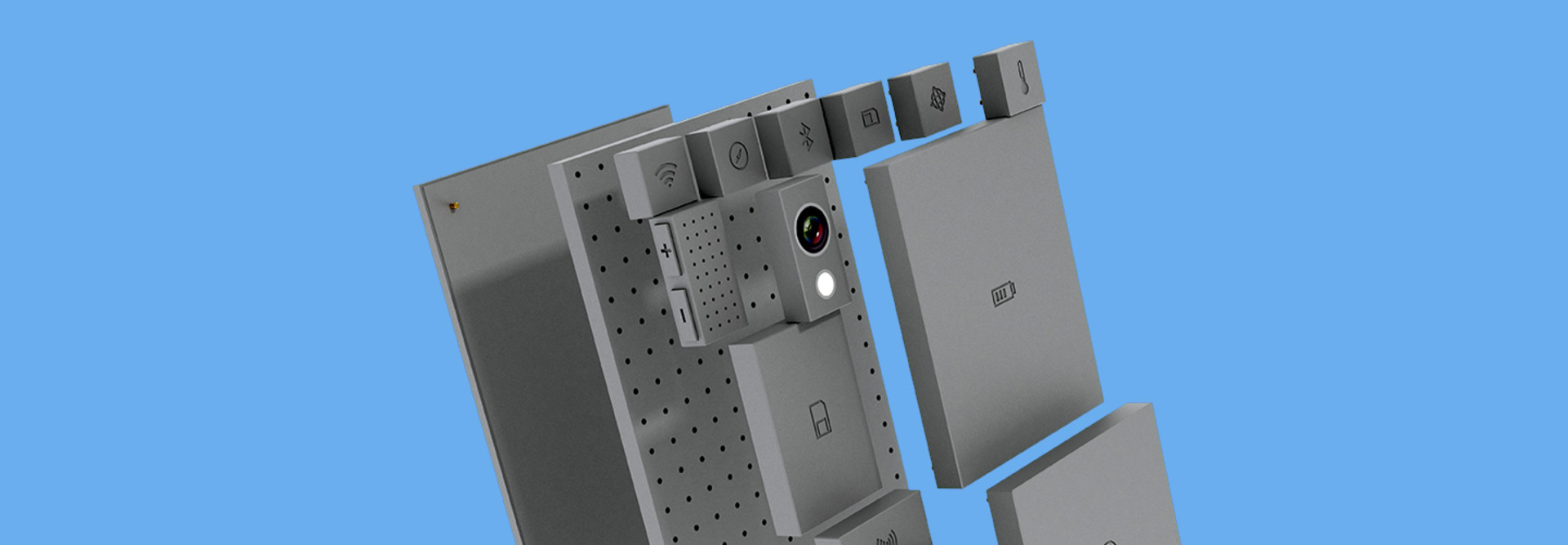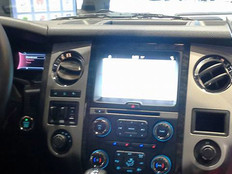Modular Smartphones Could Help Businesses ‘Build’ Their Bottom Line
Many smartphones look alike: a slab of glass, usually with a black back or an aluminum unibody shell. In the future, however, especially for companies in the healthcare, construction, transportation and public safety markets, smartphones could start looking a lot different — with hardware components that can be added to the top, bottom or sides of the device.
This idea of “modular” smartphones has in the last few years revolved around the notion of users being able to replace their phone’s processor, camera or other components at will, substituting in different “blocks” to upgrade their phones without having to get an entirely new device. That’s the basis of Google’s Project Ara, whose launch the company delayed last year until sometime in 2016, and which has recently shown some signs of life.
However, as LG has shown with its new G5 smartphone, the idea of modular smartphones — and indeed, smartphones in general — is expanding. The G5’s bottom detaches and can be replaced with various modules, which LG calls “Friends.” For now, they include a “Hi-Fi Plus” module for improved headphone audio quality and a “Cam Plus” camera grip that works with the G5’s dual-camera system.
This could be the future of smartphones, as handset makers seek to cater to businesses’ specific needs by building modules that help users perform specific tasks and gain productivity.
The Shift to Modular Phones
There are a lot of unknowns about Project Ara, which Google is still backing, but it’s not clear when users will be able to purchase phones created as part of the project. Still, it holds promise. As the Wall Street Journal explains: “Early prototypes had a more flexible design, where a simple frame allows you to snap on essentials you choose: screen, battery, Wi-Fi chip, camera. You could get specialized add-ons, too, like a thermometer — even a breathalyzer.”
Why is there interest in modular smartphones? William Stofega, an analyst who manages IDC’s Mobile Device Technology and Trends research program, notes to BizTech that many consumers and businesses are upgrading their smartphones less frequently, especially as innovation in hardware plateaus. Selling modular add-ons could bring handset makers extra revenue (LG’s Cam Plus module costs around $70) and also extend the usefulness and life of the phones the modules attach to.
“I think it is a path that a lot of [smartphone makers] are definitely going to explore,” Stofega says. “They have to. There is not much left in terms of differentiation.”
Stofega notes that smartphone vendors will need to ensure that their devices have enough processing and battery power to handle the modules, though some of them include larger batteries.
The benefit to users and companies is that the modules can potentially add value to hardware they have already invested in, Stofega says.
How Customized Smartphones Could Help Businesses
There are as many potential uses for modular smartphones in the business world as there are modules. Some are already making their way to market.
Caterpillar’s “Cat” lines of ruggedized and specialized phones now includes the Cat S60, which, according to the company includes an embedded thermal camera from FLIR, “allowing Cat phone users to be the first in the world to use their smartphones for a multitude of use cases, including detecting heat loss around windows and doors; spotting moisture and missing insulation; identifying over-heating electrical appliances and circuitry; and seeing in complete darkness.”
That kind of technology could be useful for utility or construction workers, as well as first responders looking for suspects or missing persons, Stofega says.
The medical and healthcare markets are other areas where modular smartphones could find a receptive audience, according to Stofega, as add-ons replace expensive stand-alone medical devices. Some potential examples include new high-tech stethoscopes and instruments for examining eyes and ears.
Those in construction could also use snap-on modules to make laser-accurate measurements, Stofega says. Users could then use their phones to transmit the measurements to another team member to cut parts or other materials.
Modular smartphones could also be useful to industries that need to keep conversations private but do not want to pay for encrypted smartphones, as voice scramblers attached to phones achieve the same end.
Stofega thinks that a method of standardizing phone modules across the handset industry will be necessary. However, he sees it as a way for handset makers to work with specialized manufacturers, and for businesses to make their mobile workforces that much more efficient.
Such add-ons can make workers more productive and cut down on the cost of buying specialized tools. “I think what drives a lot of this stuff on this enterprise side is the ability to cut costs and make something that’s useful even more useful,” Stofega says. “It’s amazing how much specialized equipment is used.”







